From my kayak I can see for many miles in all directions and I think to myself, “I feel more solitude now than I felt anytime on the entire Appalachian Trail.” On the AT, I was almost always tucked away under the canopy of trees, but now I am totally exposed, soaking in the 360-degree expanse. I am paddling along the Mockhorn channel on the Eastern Shore of Virginia on a gorgeously sunny Friday afternoon. I’m only about 30 miles from my home in crowded Virginia Beach, but it is a completely different world in this remote coastal wonderland. Though dolphins frequently pop up to say hello, I haven’t seen another human all day. Except for one motor boat that whizzed by far far in the distance, there is no trace of human activity.
The barrier islands of Virginia are special. They represent the longest stretch of protected coastal land on the entire east coast. While most of the U.S. eastern seaboard has been overtaken by urban sprawl or touristy beach towns, the entire chain of Virginia’s barrier islands are safeguarded by various conservancy agencies including the Department of Wildlife Resources, the Nature Conservancy, the Department of Conservation and Recreation, and U.S. Fish and Wildlife Service Refuges.
The area is characterized by a complex network of sloughs, bays, and channels. The low-lying terrain frequently disappears completely into the fluctuating tides. Though most of the islands are uninhabited by humans, they are exploding with life. They are paradise for bird watchers and fisherman alike.
One of my goals for this fall is to explore the area on kayak. My first sojourn was an overnight paddle to Mockhorn Island. Only accessible by boat, I battled ten tough miles of wind and tidal currents to get to my campsite for the night, the site of a long-abandoned dilapidated mansion.
Exploring the site was fun and a little bit eerie. As I wandered through the deserted house and crumbling structures, there was palpable sense of history hanging in the air. I felt like a deep sea explorer examining the remains of the Titanic. With cordgrass, ivy and cedars overtaking the once elegant mansion, it was a marked example of nature slowly reclaiming its territory.
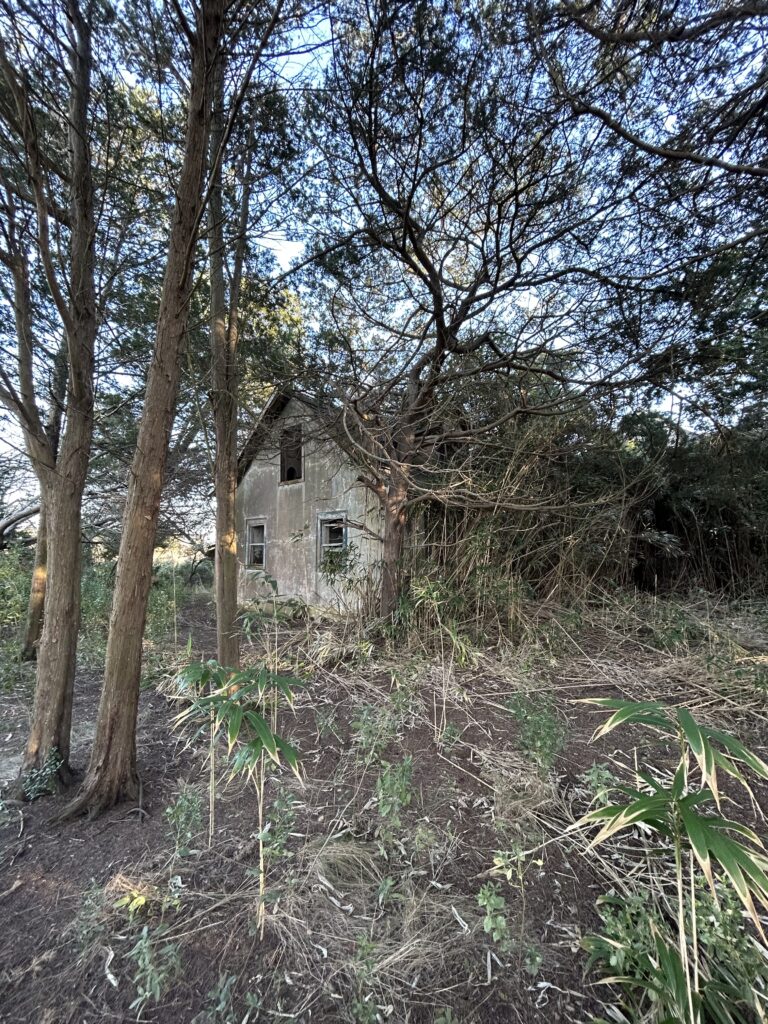
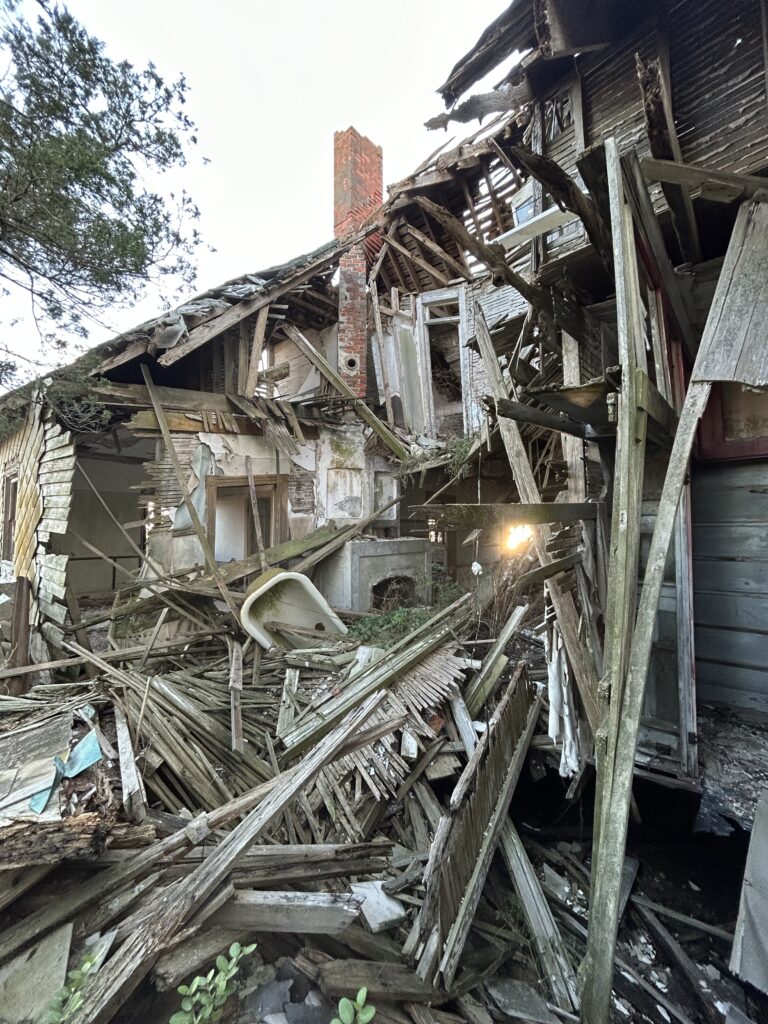
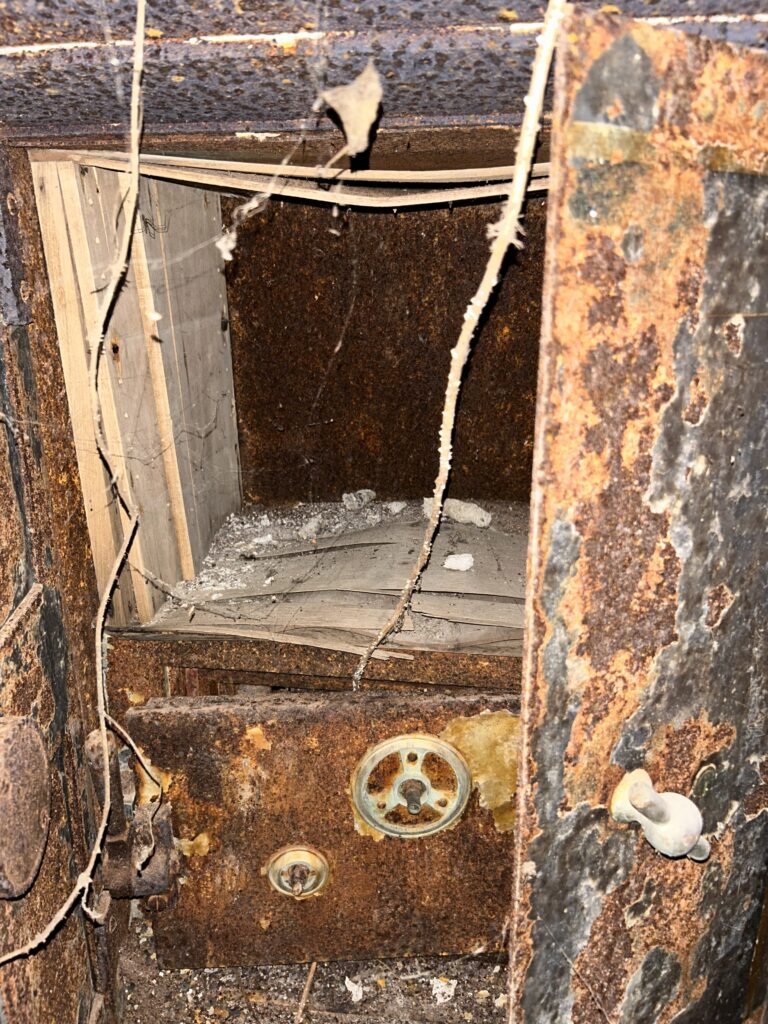
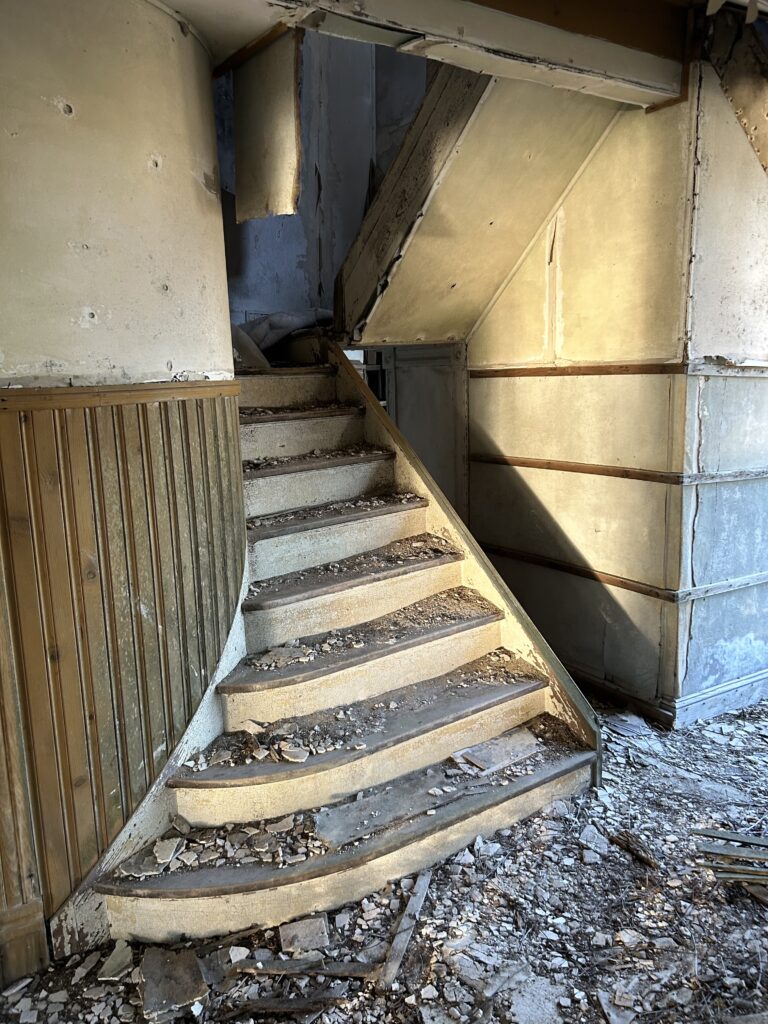
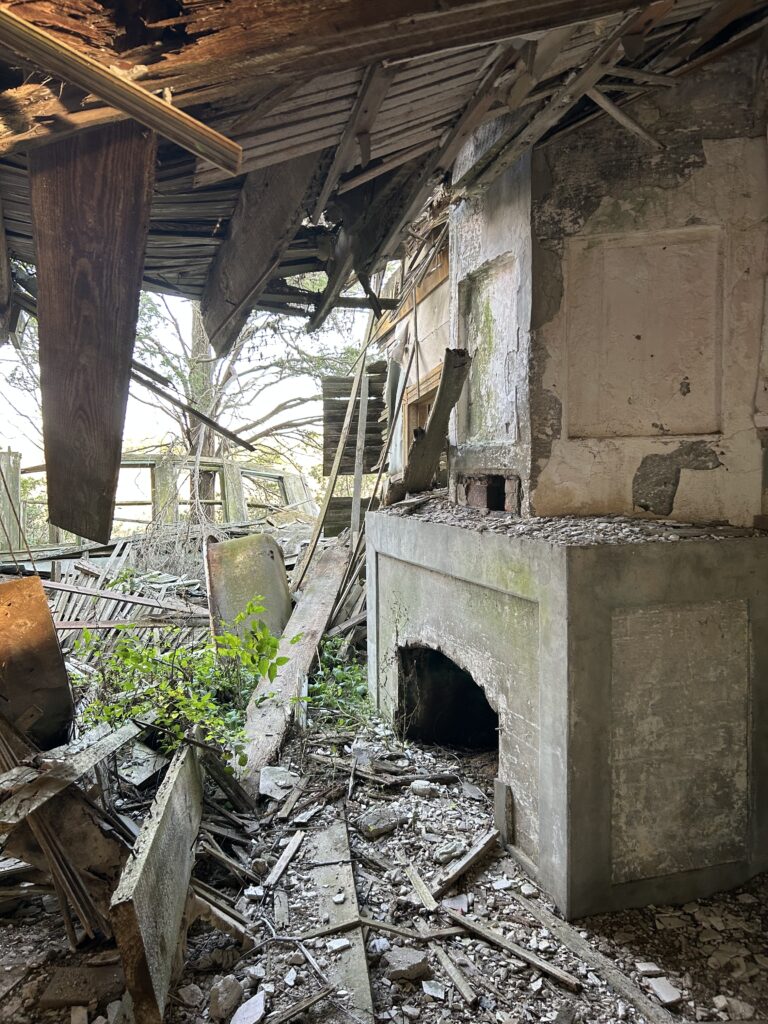
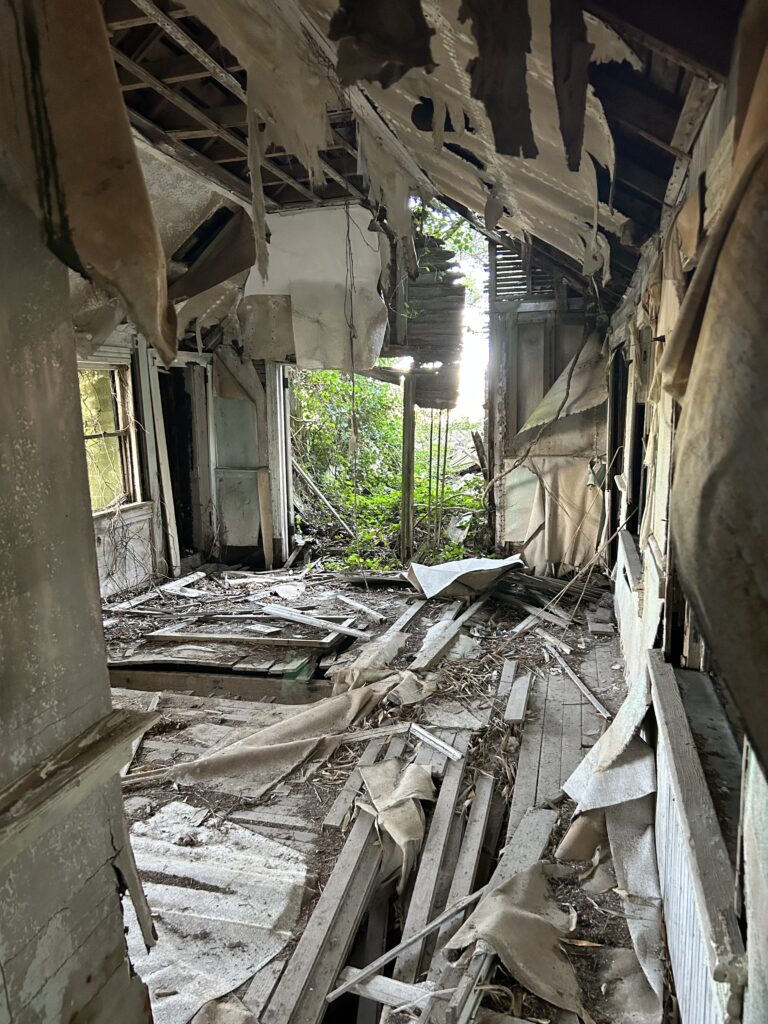
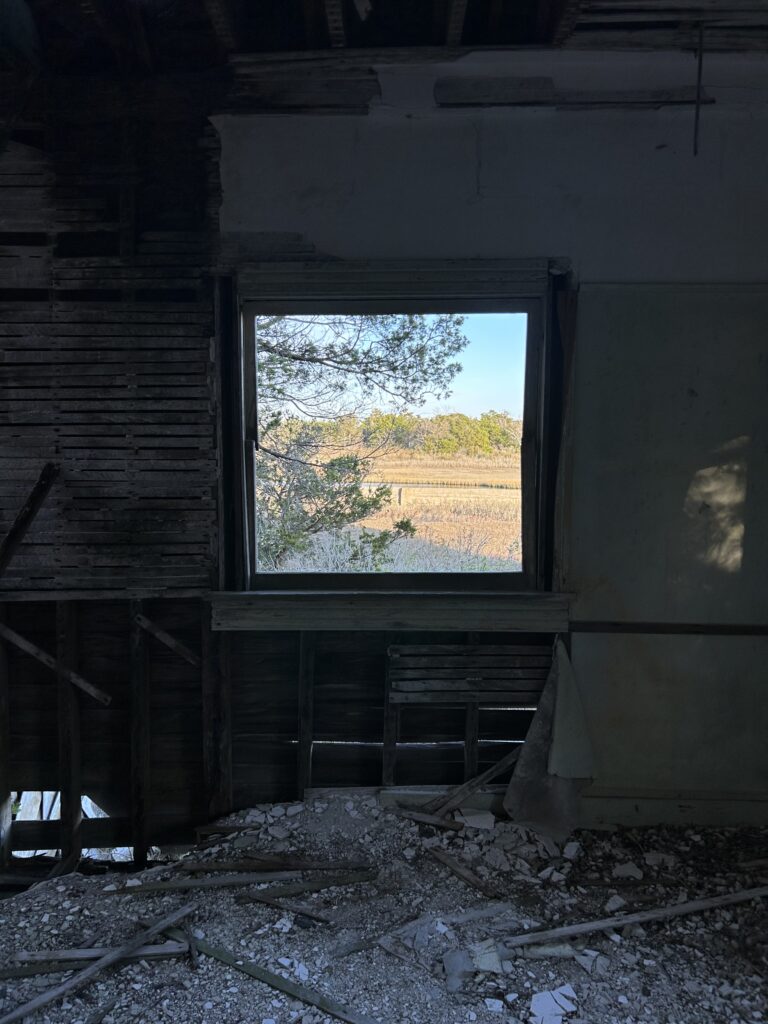
In addition to the house, the island had several other crumbling structures, including concrete walls, sea walls, a huge barn, and two lookout towers. I couldn’t help but wonder about the history of the site. Some internet research revealed that the island was the private retirement home of the Cushman family, who retired there in the 1920s. They poured a ton of money into building a self-sufficient homestead, including agriculture and livestock. This seems crazy to me, given the nature of the land. This wild island is basically a big marsh, barely above sea level. It is comprised of sand, sharp oyster beds, and cordgrass. Though they build numerous concrete walls to protect their homestead from the tides, it’s hard to believe that the land could ever be prosperous farmland. Perhaps that’s why they abandoned it.
The other structures on Mockhorn seem to have belonged to a sporting club for well-to-do recreational hunters in the early twentieth century. The towers I found were military lookout posts during World War II.
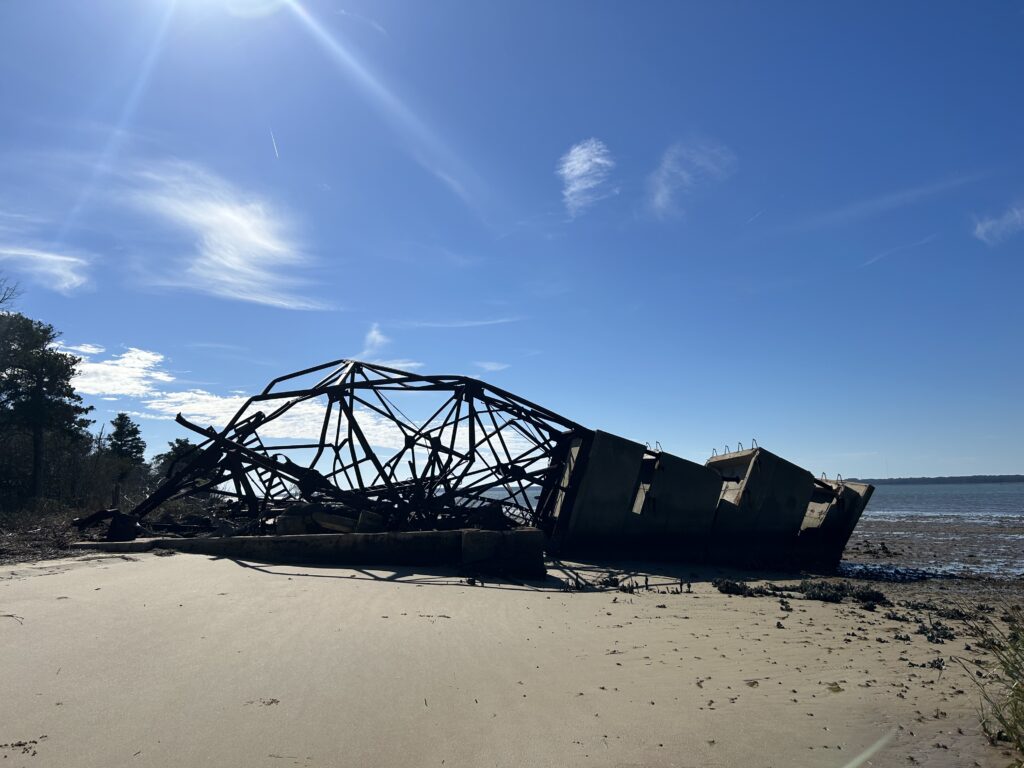
The island is now a Wildlife Management Area (WMA). Unlike a State Park or National Park, a WMA has no amenities — no campgrounds, no visitor center, no bathrooms. I think this is a plus; the absence is what adds to its allure. It can really pay to go off the beaten track. Though I was only gone for one night, I felt very disconnected from the modern world. Mockhorn Island has been uninhabited for decades, and it really felt that way. The absence of human activity intensifies my awareness of the environment – the tides, the wind, the wildlife. Mockhorn Island is a place where the solitude and wild beauty reign supreme.
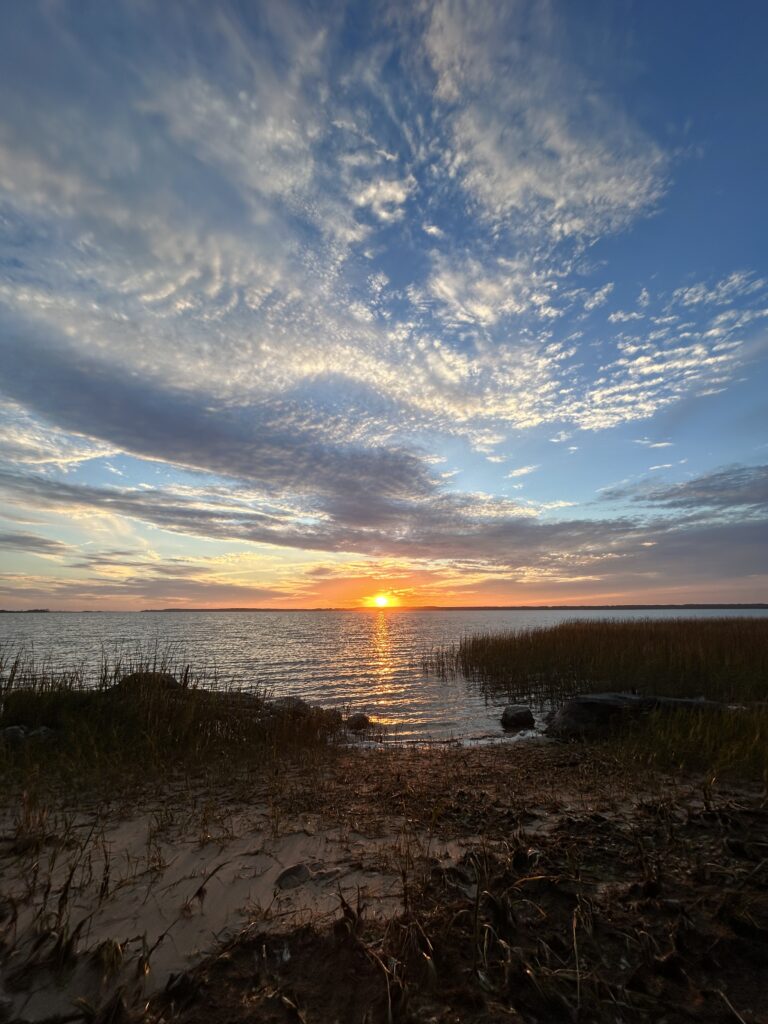
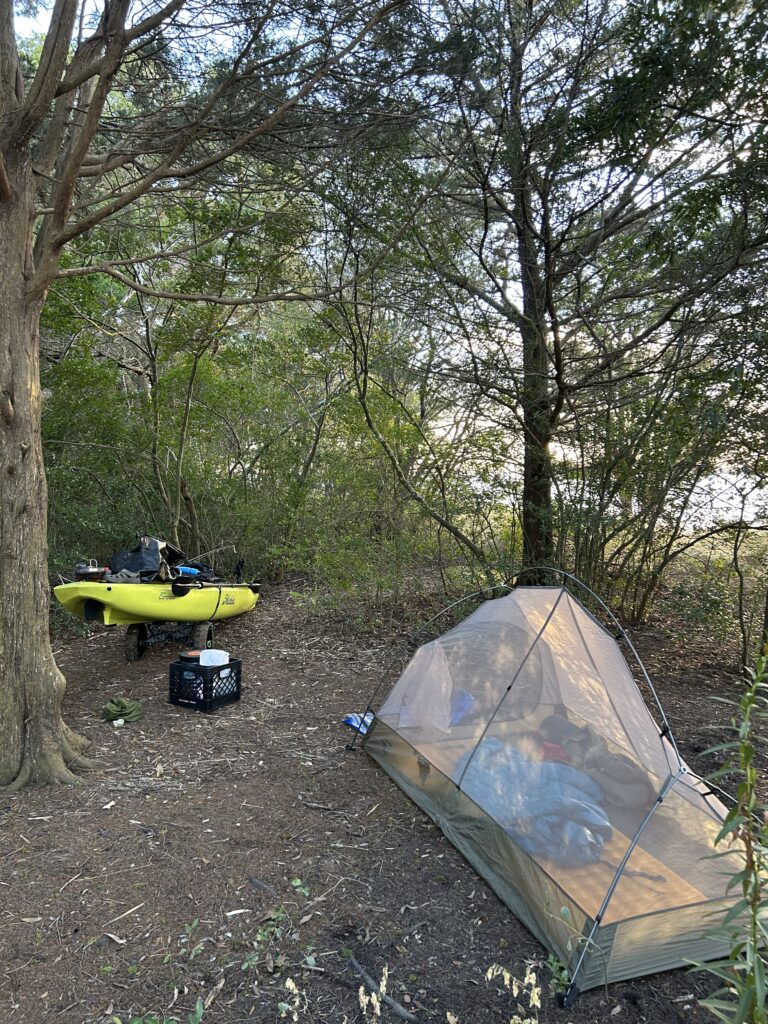

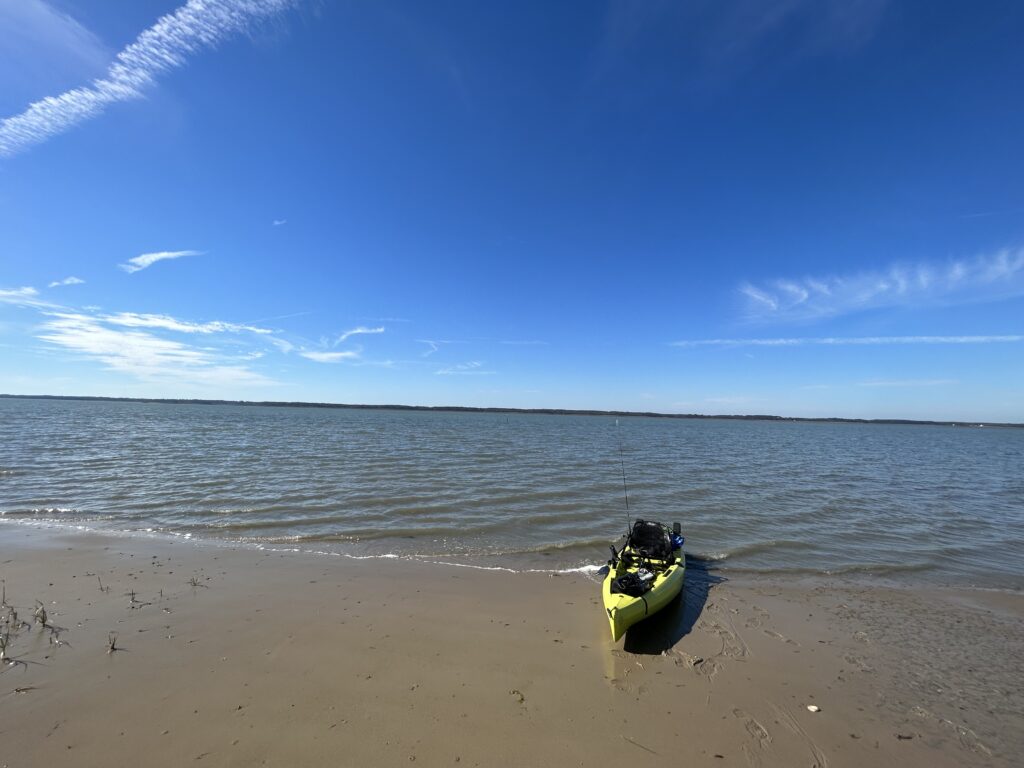
Very cool. I’m glad you’re keeping up the mini retirement blog even though the AT is completed!
Thank you! With still over a year left of my mini-retirement, I still have plenty more to write about!
I see you took your fishing kayak. I’m sure you were glad about its stability out there in the scary ocean
Yes, that thing is sturdy! I also find that because it’s leg-powered instead of arm-powered, I can go longer and faster without getting fatigued.
Beautiful sunset! I admire your adventures, but wish you would go with someone else. These are moments to be shared!
Thanks for sharing a glimpse with all of us!
Thanks Helen! Your thought reminds of the quote by Chris McCandles from the book Into the Wild: “Happiness is only real when shared.” He died alone, and presumably lonely, in the woods.
In contrast Henry David Thoreau, who also retreated into the woods to be alone, said “I love to be alone. I never found the companion that was so companionable as solitude.”
So who’s right, Chris or Henry? I think the answer is both. I think there’s a time to be alone and a time to be together, and both are equally important. Both provide something that can’t be found in the other.
Your reaction to the abandoned homestead reminds me of my Fortymile-Yukon canoe trip. We encountered ghost towns from the gold rush era, abandoned but still intact. Most fascinating was a dance hall with flocked wallpaper peeling off. Untouched for a hundred years.